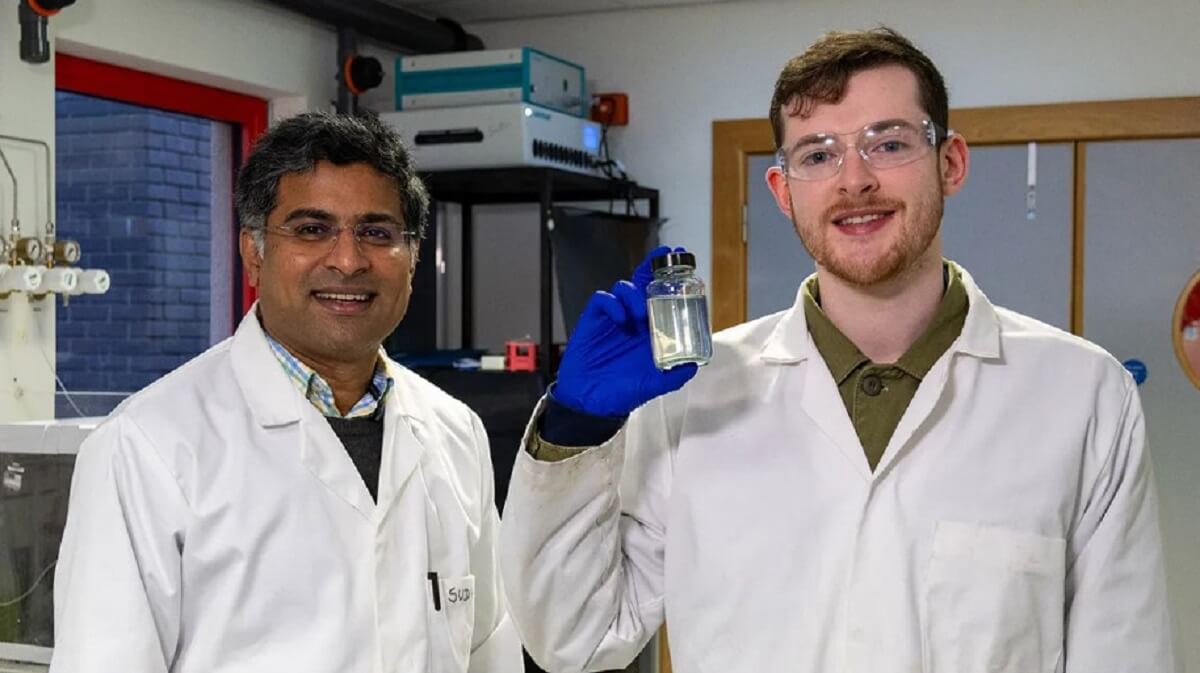EDINBURGH, Scotland — A byproduct from distilling Scotch whisky could become a key ingredient in green fuel soon, new research reveals. The team of scientists at Heriot-Watt University in Scotland believe this breakthrough will create a sustainable way to use the estimated one million tons of wastewater produced annually at Scottish distilleries.
Their research focuses on producing green hydrogen, a process that traditionally requires 2.5 billion liters of fresh water each year.
“Our goal is to minimize the use of fresh water and other natural resources by adapting this distillery wastewater for green hydrogen production,” says Dr. Sudhagar Pitchaimuthu, a materials scientist from Heriot-Watt’s School of Engineering and Physical Sciences, in a university release.
“With approximately one billion liters of wastewater produced by the distilling industry each year, the potential impact of this process is immense. This approach not only reduces the freshwater footprint of green hydrogen production but also exemplifies how we can use the world’s resources more sustainably to generate clean energy.”
The team has developed a nanoscale material, which is just one ten-thousandth the diameter of a human hair, that enables the use of distillery wastewater instead of fresh water in the green hydrogen production process. This nanoparticle, made of nickel selenide, effectively treats the wastewater and has been shown to produce similar or even slightly higher quantities of green hydrogen compared to the current method.

“It takes 9kg of water to produce every 1kg of green hydrogen. Meanwhile, every one liter of malt whisky production creates about 10 liters of residue,” says Dr. Pitchaimuthu. “To help protect the planet, we need to reduce our use of fresh water and other natural resources.”
The research team is now working on developing an electrolyzer prototype and increasing the production of their nickel selenide nanoparticles. Additionally, they plan to analyze the distillery wastewater further to determine if other valuable materials can be extracted from it, in addition to hydrogen and oxygen.
Funded by Heriot-Watt’s School of Engineering and Physical Sciences, this research was conducted in collaboration with the University of Bath’s Department of Chemical Engineering and The Scotch Whisky Research Institute.
You might also be interested in:
- What Is The Best Whiskey? Top 5 Spirits Most Recommended By Experts
- Hold the ice! Watering down your drink can make whiskies taste the same
- Best Scotch: Top 5 Bottles Most Recommended By Experts
South West News Service writer Elizabeth Hunter contributed to this report.

